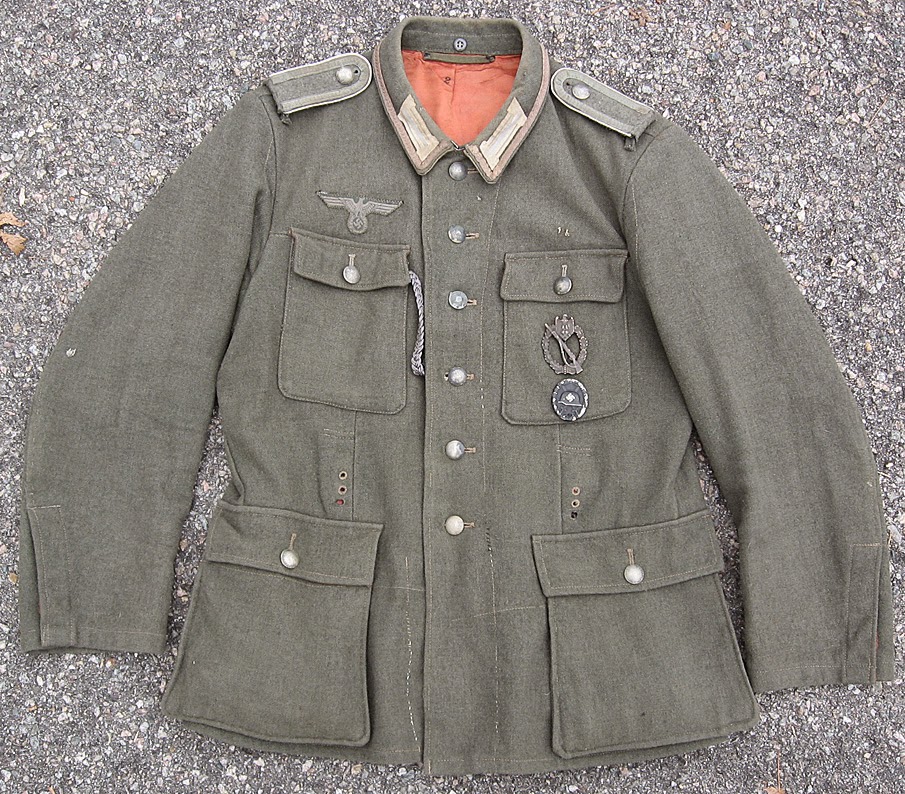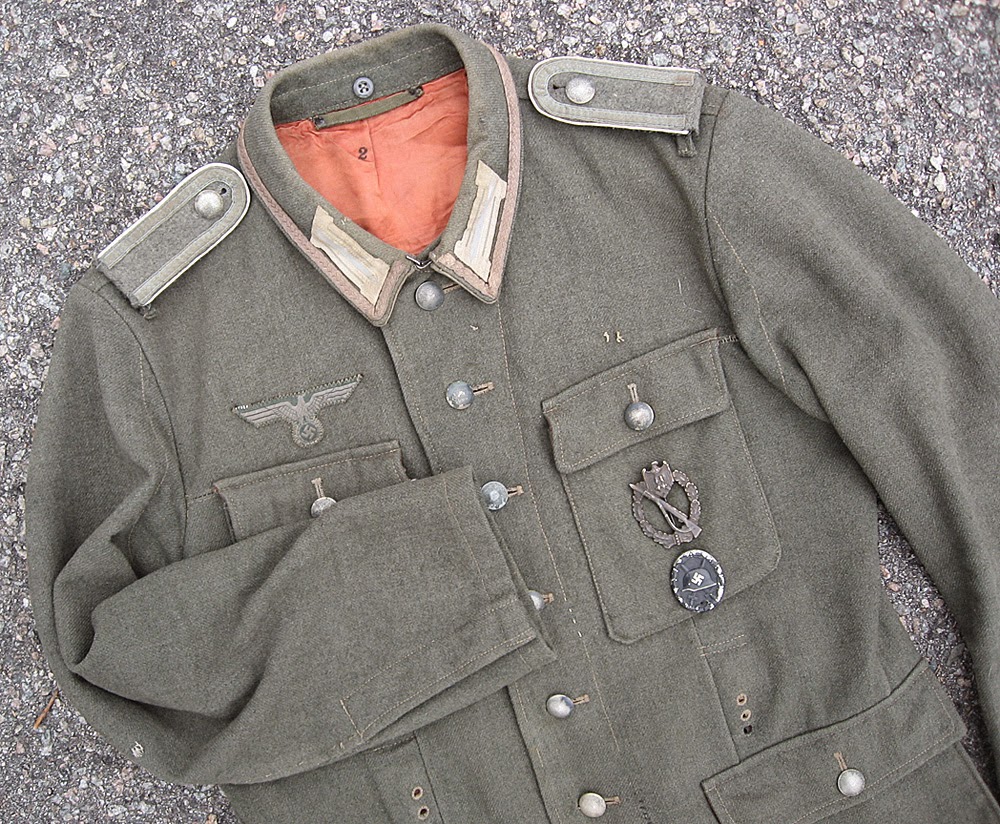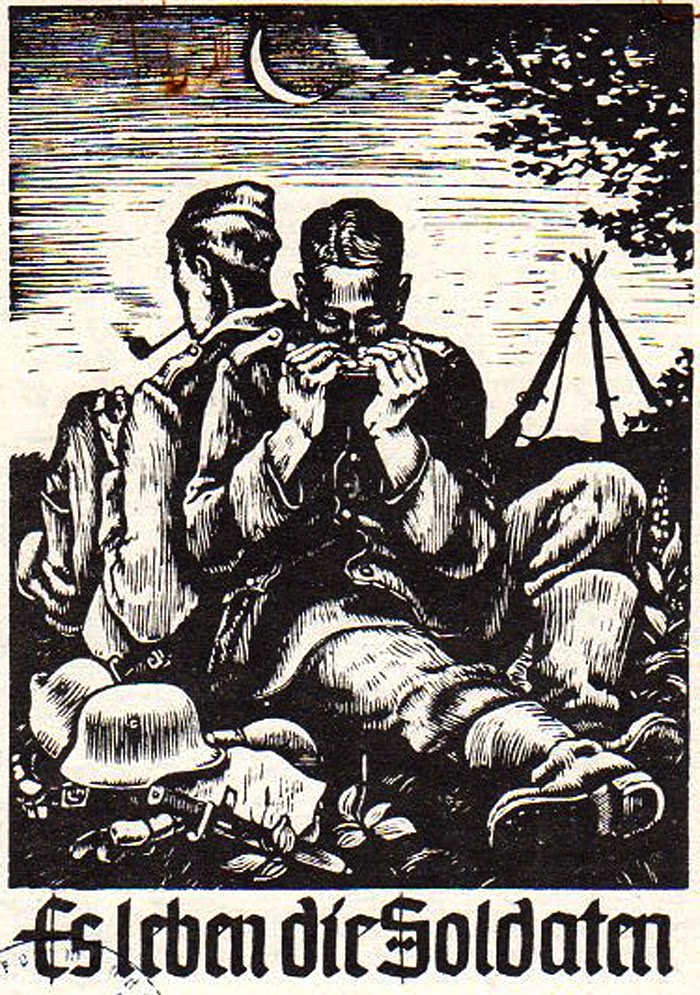Translated from the book “3. Infanterie Division, 3. Infanterie-Division (mot.), 3. Panzergrenadier-Division” by Gerhard Dieckhoff
“During the evening of January 29th, 1942 the 3. Infanterie-Division (mot) gets an urgent message from Armee command. “Strong Russian forces attacking from the north and south threaten to encircle Wjasma. The 3. I.D. (mot.) is to hinder the encirclement in the general line…” Major i. G. Dingler, the Division’s general staff officer, replies, “With what? We only have support units and are to be reformed ourselves.” The reply comes back: “With what, I don’t know myself. You have to come up with something.”
The Division is alerted and the divisional commander rides on a sled to Wjasma, where some support units (Rgt. 8) and supply units (Dinafü, Bäckerei-Kp., Betr. Stoffkol. 2. Werkst.-Kp.) lay. He forms Kampfgruppen from these along with soldiers snatched from different units, with patched-up tanks, guns and vehicles. As each Kampfgruppe is completed, it is deployed wherever it is most urgently needed.
The troops have to be equipped with sleds, Panje horses and skis. This battle is one for towns and connecting roads. Many forces are tied up with the task of keeping the roads clear. This forces us to build a deep defense zone. Repeatedly, sleds and scout troops are attacked even deep in the rear.
At first, it is important to find the enemy. Scouting patrols are able to enter deep into the enemy-held territory. One such patrol is described in a later report by Hauptmann Mollenhauer (Infanterie-Regiment 29):
In January 1942, I was assigned to the I.R. (mot.) 29 as Btls.-Kommandeur. “You are just in time”, said Oberst Küster, “You are to advance with a team towards the south into the partisan area.”
We began to prepare. Two Kompanien belonged to the II./I.R. 29, another one was attached to us from the Rgt., for example, Brandenburg… Each Kp. did not have more than 40 to 50 men so that we counted a total of 120 to 150 heads… We received one sled for each Kp. and three more for the Stab, in order to bring along food and ammunition for a few days. Lt. Steudel, our Adjutant, tried to obtain some winter clothing for the hunting party…
On the next morning, very early, we left during icy cold. The thermometer showed -40 degrees Celsius. We had clothed as warmly as was possible. Wrist-warmers, gloves, scarves and mittens in all colors up to bright shiny yellow and red told of their origin of improvised donations from the homeland. But two pair of socks still let the icy cold through the boots. And the eastern wind also blew through the two pairs of underpants until we realized that ordinary newspapers, wrapped around feet and legs, served as excellent insulation. Although a scarf covered forehead and mouth, here and there a Kamerad soon showed white specks on his nose and cheeks. Often, we did not even notice it. The only help, since we marched in line, was to stop once in a while in order to look into each other’s faces and to tell the Kameraden about possible little white specks. Only the small, furry Russian horses could not be bothered by the cold. They were up all day; at night they mostly stayed in a barnyard through which the eastern wind blew so that they had frost on them in the morning. When, before the start of our patrol, they drank ice cold water out of buckets, every one who witnessed this had goosebumps.
We soon reached the first village. We found two German soldiers in the snow in such a way as the partisans’ bullets had met them a few days before. The villages are separated by approximately 5 kilometers and can only be reached via thin paths which form a wide net from village to village on the wide snowy landscape. With the rising snow, due to the sleds, they, too, became higher and, in the end, were no wider than the sleds. Anyone who accidentally made a step to the side sank in the white, soft mass to up to his hips and waved arms and legs to get back to the safe track.
The day is over soon. In the third village, we rest for the night. The cold still increases. If only the feet were not so cold! The newspapers crumble up during the marching too quickly and then become a burden. The hands can be put into the coat pockets. But for the feet there is only one thing: a pair of felt boots.
When we came to a village we could see that the partisans had left it shortly before us and had escaped to the south to the next village… We had to change our strategy: we had to enter the village so quickly… that the partisans had no time to escape and to alert the other villages. On the third day, our entire battalion was “motorized” with sleds. Each sled had a thick layer of hay for sitting on and as food for the horse, and, in addition to the Russian driver, a crew of three men. The MG was ready to fire, built up and aimed to the right or the left of the horse. We could even shoot while driving. The third day was to bring the first casualties. We approached the assumed enemy stronghold, the village Ssemeschkowo… While one Kp. veered in a big curve through the right neighboring village, and another Kp. through the left, in order to prevent the Russians from escaping, the main column advances straight onto Ssemeschkowo. Here, the Russians allow the security force (a Zug of the Kp. Brandenburg) to get close to the village and then, to our surprise, open fire. We have to mourn for five or six wounded, among them the Lt. and one Zugführer. The remaining men defend themselves desperately, seeking cover behind dead horses and fallen-over sleds against the superior force until we come closer and take the village. We get ready for the night.
Then, at midnight, suddenly- alarm. The Russians attack. Shots smash through windows and walls of the wooden houses. Everybody out into the prepared snow positions! Finally, there is silence again. Then we hear the familiar sound of a Russian bomber. Very slowly and low across the snow, it seems to fly at an altitude of about a few hundred meters. Its dark shadow rushes over us. On the next day we see the prints of people who have been dropped into the soft, deep snow without parachutes. Interrogation of prisoners confirm this. Dark spots in the surrounding are are dropped sacks filled with welcome food. A little further away stands a biplane in the snow. It seems to have been not so lucky while landing. When a scouting patrol tries to inspect it, it is met with mad fire from the woods behind it. We have to chase off the Russians first.
On the next morning, we advance to the assumed partisan center: in the direction of Sholobowo, seven kilometers south of Ssemeschkowo. Again, we, want to encircle it with one Kp. at the right and one Kp. at the left, while the main column, of which I am a part, advances straight forward. Suddenly, we hear MG fire in front of our left Kp., which was to take the way via Fedotkowo… At this moment we are in the woods south of Naumenki (south of Ssemeschkowo). We quickly advance further. Then, we hit an obstacle. About 50 meters into the middle of the woods, surrounded by forest, cut trees have been laid across the path. Driving around it is not possible due to the thick underbrush and the deep snow. We have Pionier saws with us. Suddenly, there are shots from all sides. We are lucky that at the same moment we ourselves open fire with all MGs and are able to keep the enemy down! Nothing can be seen. Do the Russians sit behind the blockade? In the trees? Do they shoot out of the bushes? We take fire from everywhere without seeing the enemy. With organized covering fire from all rifles, we are able to finally turn around and retreat. Three horses are the only loss, easy to overcome. Quickly, we veer and take off to help the left Kompanie. Fedotkowo is like a ghost town. Then come the woods. Blood and drag marks lead away from the path into the bushes… Another two or three kilometers and we meet our men. Slowly, they defend themselves frontally against attacking Russians. They seek cover behind their sleds and dead horses and have little ammunition left. We, now, freshly intervene in the battle. When it gets dark, we stand before Sholobowo, illuminated by flares. We are not able to prevent an enemy sled column far away from us from disappearing into the nearest forest to our south. Our MG fire, at a range of 1.5 kilometers, could probably do some damage but not stop them. Then, all is dark.
By this time, we generally had completed our task: we had deeply entered the partisans’ area, had determined their strength, taken the enemy’s stronghold and destroyed a greater number of enemies or captured them while we ourselves remained strong. As we had gotten low on ammunition, we retreated to Dmitrowka which lies on the western high shore of the Ugra (of the western Ugra curve) and is good for defense. Here, we wanted to await further orders by the division and resupply before a new advance towards the south. Much to our surprise, on the next morning, Dmitrowka is under heavy Pak- and mortar fire. Fuses that we find later indicate a German origin. Is there some mistake, do German soldiers take us for Russians? We fire flares, but without success. Soon, however, the situation becomes clear. Out of the woods on both sides of the way from Kusnezewka (3 kilometers east of Fedurnewa) to Fedurnewa (across form Dmitrowka on the eastern shore of the Ugra) develops a Russian infantry attack. Our MG fire from our elevated position is well-sited and causes great losses for the enemy, but cannot not prevent small enemy groups from entering Fedurnewa and working their way forwards in the cover of the houses up to the western edge of the town.
At this moment, we observe seven sleds come closer from Molodeny (south of Fedurnewa)- our anxiously awaited resupply. For now, they are still in front of the Russians in the cover of the woods. But neither the din of battle noises nor flares stop the men from driving into Fedurnewa. All our attempts to stop them are in vain. The Russian is sure of his prey and lets them come near. The column finally stops in front of the first houses of the town. The drivers throw themselves off the sleds into the snow. Seemingly, the enemy has now taken fire on them. With resupply imminent, we now are able to use the last stockpiled ammunition to strengthen the fire and cover them as good as we can. Regardless, the Russians work their way to the sleds, covered by the houses. Only a counter attack from our side through the deep snow and across the completely open area of the hill to the Ugra, as well as across the ice of the river, can help us now. With the cry “We have to help the Kameraden!,” Oblt. Behnke throws himself down to the right side of his men, down the hill. In the cover of the bridge across the Ugra, the “Brandenburger” jump out. Massed MG fire covers the counter attack. The men cleverly, without any losses, clear house after house. Soon, Fedurnewa is free of the enemy again. The rest of the Russians retreat towards Kuznezewka from where they had come. After nightfall, we are able to pull the resupply sleds to Dmitrowka without drawing any fire. Fortunately, this battle day only cost us a few lightly wounded and some horses of the resupply column.
When we report back to the division a few days later, the Ia, Oberstlt. i. G. Dingler, says: “I wouldn’t have thought that we would ever see you and your Kampfgruppe again.”








































